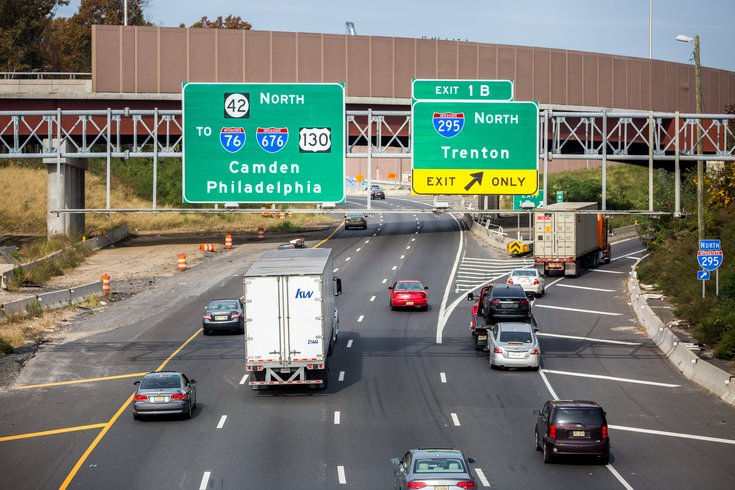

Background
Highway transportation has been the backbone of mobility and economic development in the U.S. and throughout the world, yet motor vehicle crashes have always been a leading safety issue on our roadways. By relying on the abundant data sources related to traffic and motor vehicle crashes, state department of transportation (DOT) agencies have been utilizing science-based approaches to determine the causes of crashes and make reliable decisions on how to reduce their numbers.
Predictive modeling is outlined within the Highway Safety Manual (HSM), applicable when developing and evaluating various solutions to reduce the number of motor vehicle crashes at a specific location. Currently, the HSM’s predictive model can be used for the segments and intersections of rural two-lane roads, rural multilane highways, and urban and suburban arterials. SPFs in the HSM were developed using historic crash data collected over a number of years at sites of the same facility type in various states. Because the SPFs provided inthe HSM were developed using data from different states, it is more than likely that they cannot be transferred directly for use in other locations and times. Thus, HSM’s predictive model often needs to be calibrated to capture local state or geographic conditions. To make the SPFs better accommodate the local data, SPFs provided in the HSM are calibrated so that the contents of the HSM can be fully leveraged, and location-specific SPFs are developed, regardless of the predictive modeling framework in the HSM.
Research Objectives
The main objectives of this research project are to:
- Calibrate the SPFs provided in the HSM using New Jersey (NJ) data
- Develop new NJ-specific SPFs as appropriate. The facility types considered for this research project include segments and intersections of rural two-lane two-way, rural multilane, and urban and suburban road.

Deliverables
The following tasks were completed to achieve the main project objectives:
- An in-depth review of the relevant studies in the literature
- Identification of the key sources of data required for calibration and development of SPFs
- Developing of a computer code to read and process the compiled database to filter out inconsistent data entries, identify facility types, execute roadway segmentation process, assign crash statistics for each facility, and generate a complete database for each facility type to be used in calibration and/or development of SPFs
- Providing recommendations to improve data collection and recording practices that would facilitate easier data extraction required for the SPF calibration/development process











